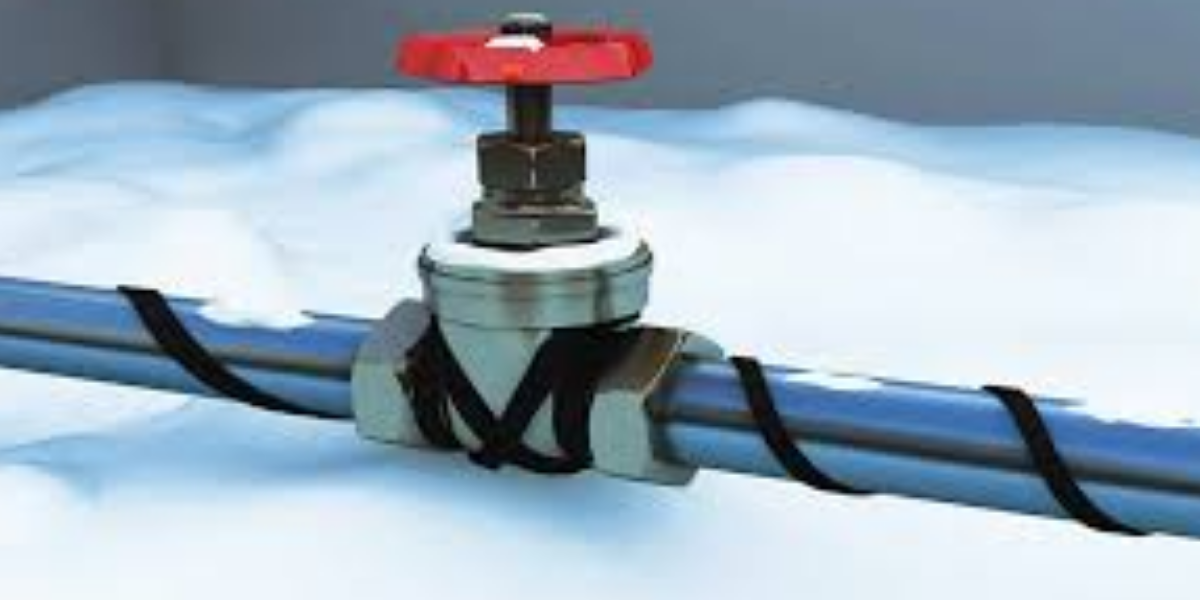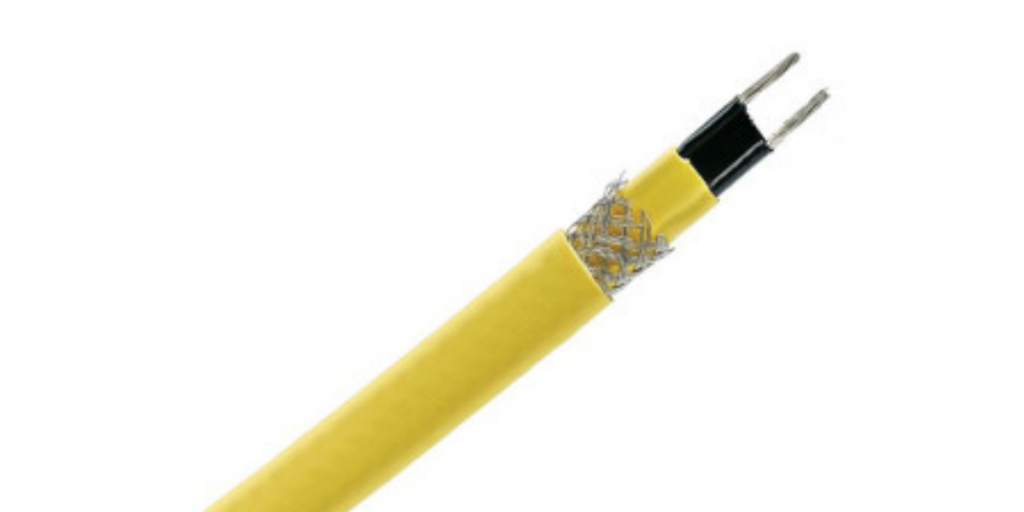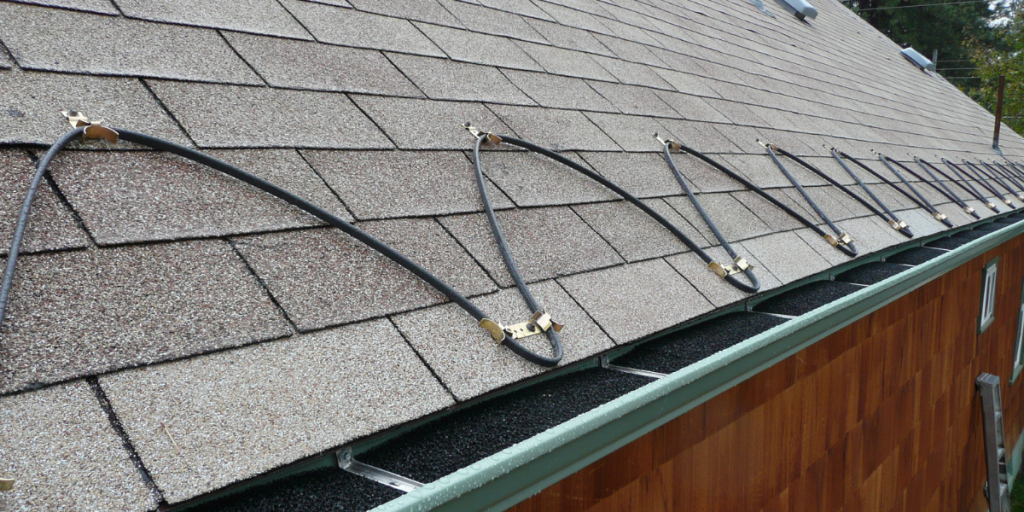
The process of raising or maintaining the temperature of pipes and vessels using specially engineered cables is called electrical trace heating. During winter, temperatures are extremely cold and at times fall below freezing levels.
Trace heating is a solution designed to protect important vessels and pipes from freezing during sub-zero temperatures. Pipes can get frozen and burst as a result of ice expansion when temperatures drop to freezing levels.
In essence, trace heating ensures frost does not build up in vessels and water pipes by ensuring temperatures are maintained at designated levels. Heat tracing is also used in processes that require temperature maintenance like insulation for steam pipes.
Heat tracing can also come in handy when certain liquids have to be kept at a specific temperature so they can be safely transported. For similar processes, heat tracing is used even if the temperature is not freezing.
How Trace Heating Works
Trace heating is done by connecting engineered cables made of a resistant element to the vessel or pipe. By replacing heat loss with their own power output, the electric cables are able to maintain temperatures.
Trace heating cables come with two conductor wires that are parallel in length. This creates a heating zone with a resistance filament. A fixed voltage creates a constant wattage that heats up the zone.
Thermostats are used to ensure trace heating cables maintain the right amount of thermal energy. This is also done to ensure the cable does not underheat or overheat.

Different Types of Trace Heating
Constant Wattage Trace Heating
A constant wattage trace heating is made up of a heating element wrapped around two parallel insulated wires. There are multiple zones that can be found throughout the heating cable that experiences constant wattage.
One advantage of using constant wattage trace heating is it functions even if there is a fault somewhere along the cable. Thanks to its parallel functionality, it is possible to adjust the length of a constant wattage trace heating cable.
A constant wattage trace heating cable comes with a thermostat during installation so the power output of the cable can be monitored and regulated. This is necessary to ensure it does not burn out and overheat when the cable comes in contact with itself.
Series Resistance Trace Heating
A series resistance heating cable is made up of a high-resistance wire that’s encased and insulated in a protective cover. When it is powered at a certain voltage, the resistance of the wire produces thermal energy.
One advantage of using a series resistance trace heating cable is that it is cost effective and can maintain very high temperatures for long lines. Typically, series resistance trace heating cables are fixed in length and cannot be shortened as a break along the line can cause the whole cable to fail.
Self-regulating
Self-regulating trace heating cables come with resistances that vary with the temperature. When temperatures fall below the specified limit, the cable’s resistance drops as well. The cable’s resistance also increases when the temperature exceeds the level designated.
Self-regulating trace heating cables have enhanced safety levels dramatically, a very desirable characteristic in locations that are hazardous. This is because the cable’s power output will not exceed a certain level as output drops when the cable’s temperature increases.

Trace Heating Applications
Roof and gutter de-icing
Trace heating cables are typically installed in gutters and roofs to prevent snow or ice from accumulating. The cables also function as a draining path for water from the melted ice so it does not overflow in the rooftops and gutters.
Overflowing can cause extensive damage to the structural integrity of buildings as it can cause water to seep through the joints or cracks. The extra weight from the overaccumulation of melted ice or snow might also cause depressions and indentations on the gutters and rooftops.
Freeze protection
Trace heating is also used to protect vessels and pipes from freezing. It works by ensuring the temperature is maintained at a level that’s above the freezing point. Tracing heating works by supplying heat energy that balances the amount of heat that is lost through conduction.
It is important to keep in mind that thermal insulation will only be able to slow down the heat loss process but cannot prevent it from occurring.
Anti-cavitation
Trace heating can help decrease the likelihood of cavitation in pipes as heating a liquid minimises its viscosity and thickness. Cavitation occurs when vapour bubbles form because of rapid pressure differences.
Shockwaves are produced when cavities or vapour bubbles implode or collapse. It can also damage the pipe’s insides over time. Cavitation also disrupts the flow of liquid that’s inside that pipe. Trace heating cables minimise the chances of cavitation by lowering the pressure difference in the liquid.
Ensure Your Heating Stays On When You Need It Most!
If you need a trace heating installed, give us a call! We are based in Durham and we service all areas in the North East of England. We are a reliable, professional, and trusted business and we have over 18 years of experience in the industry. We are fully insured and all our work comes with a 30-day labour guarantee.
